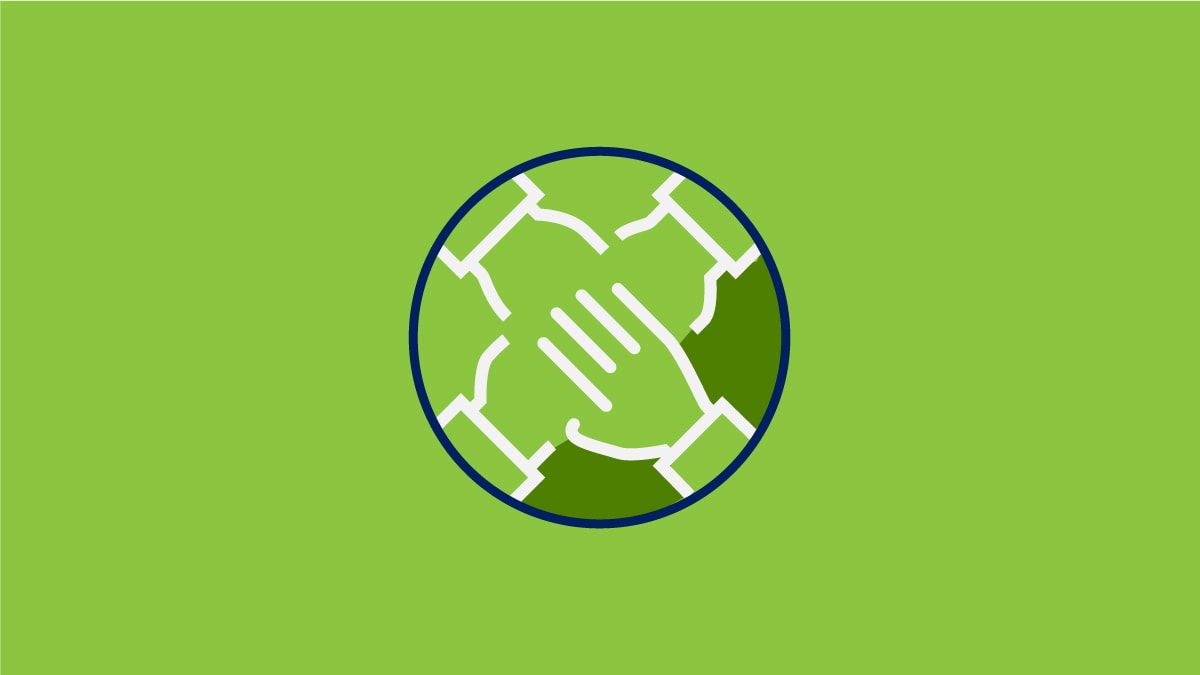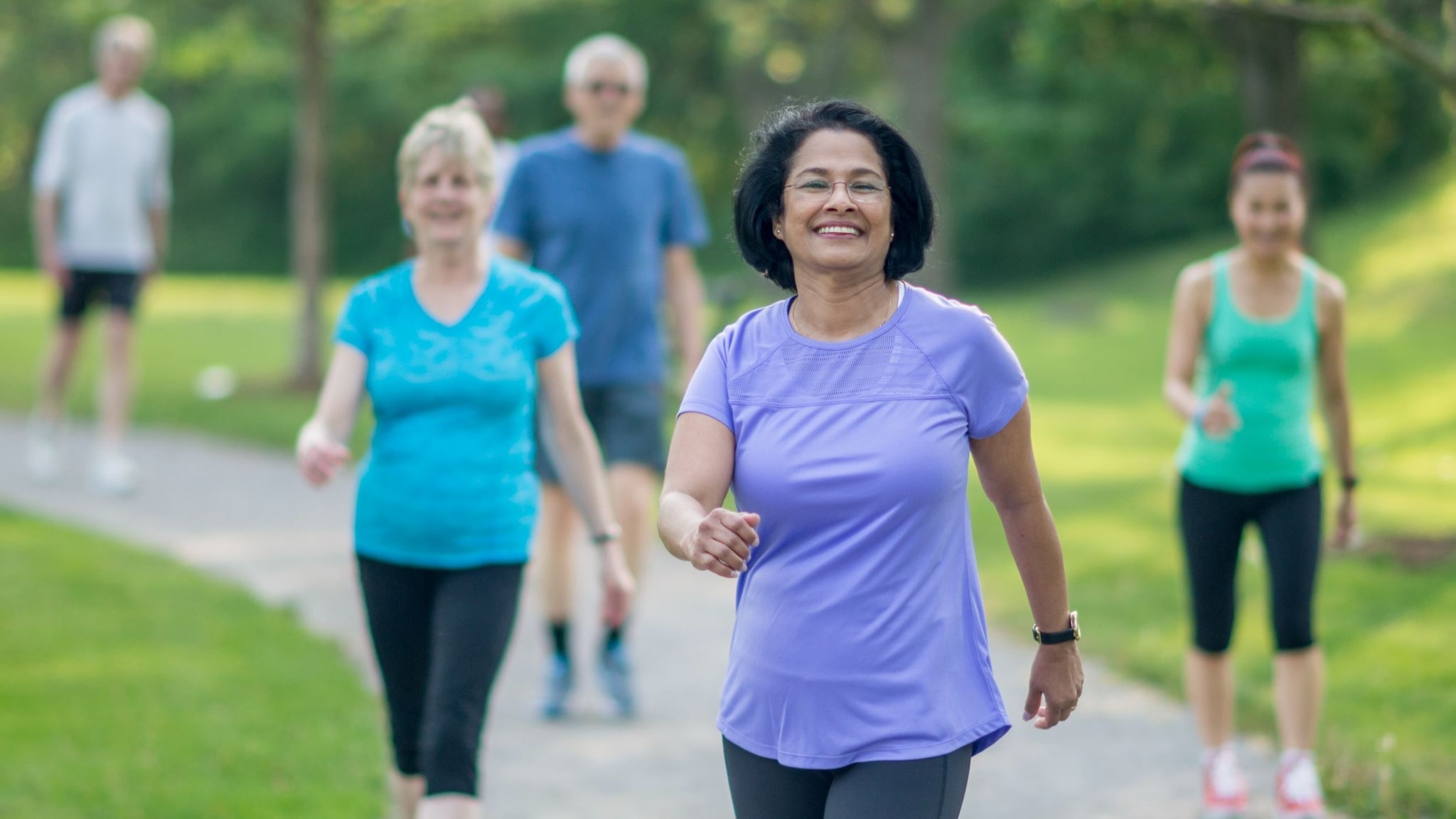What to know
As a professional working in a community, nonprofit, or faith-based organization, you can help promote safe, equitable, and inclusive access to physical activity for all Americans. You can also share messages about physical activity.

Overview
Community, nonprofit, and faith-based organizations differ in size, mission, and reach. As their leaders intersect with all areas of life, they can play an important role in making it easier for people to be physically active.
With reach and trusted relationships in their communities, organizational members can promote physical activity in many ways. Some have facilities that can be used for physical activity. Staff can develop education programs and share information about the benefits of being active and creating activity-friendly communities. Other organizations can help share messages with specific groups, such as people with lower incomes, children and adolescents, older adults, and people with disabilities.
What you can do
You can use the following strategies to encourage physical activity in your community.
Promote community programs and policies that make it safe and easy to walk, bike, wheelchair roll, and be physically active.
- Offer free or low-cost programs for young people and adults to encourage physical activity and meet community needs. Modify programs as needed to address issues such as safety concerns, cultural preferences, costs, and inclusion for people with disabilities.
- Set up groups, buddy systems, and other forms of social support for walking to provide weekly opportunities to be active.
- Promote the availability of safe, convenient, and well-designed community locations and programs that promote physical activity in your area.
- Set up formal policies or agreements, such as shared-use agreements, that expand physical activity options for communities. For example, you can open your facilities to community residents outside normal operating hours.
Educate people about the benefits of safe physical activity and places to be active.
- Encourage people to meet national physical activity guidelines and recommend ways to add more physical activity to their day. There are many ways to be physically active outside of a gym, such as walking, dancing, roller skating, or doing household chores.
- Provide information about the physical and mental benefits of regular physical activity.
- Share the location of local parks, trails, and greenways where people can be physically active.
Promote community plans and policies to design areas that support safe, easy places for people to walk, bike, wheelchair roll, and be physically active.
- Join coalitions and planning processes to influence community designs and development decisions in your area.
- Work with other sectors to help mobilize community members to provide input during project planning to ensure that safety, access, and design decisions match local community needs.
- Lead or join a walk audit to help identify places in your community that need improvements to make them activity-friendly.
- Support transportation and land use policies and plans—like Complete Streets and updated zoning—that encourage physical activity by creating safe streets, sidewalks, and places to go.
- Build your facilities within walkable or bikeable distances of homes and other places used regularly by your staff and community members.
Develop effective, consistent messages to promote physical activity.
- Share messages and materials to increase awareness and knowledge about physical activity. CDC's State and Community Health Media Center offers free or low-cost, audience-tested campaign and advertising materials to support your efforts.
- Tailor messages and activities to the people you serve.
- Use multiple communication channels to encourage people in your community to be physically active.
- Market physical activity in a way that resonates with your audience.
- Share messages through videos, apps, social media posts, and online newsletters, as well as through ads on local television and radio stations, in newspapers, and on billboards and buses.

What other organizations are doing
These community, nonprofit, and faith-based organizations are using effective strategies to increase physical activity in their communities.
Community Partners Work to Make Streets Safer in Missouri
A partnership led to traffic-calming demonstration projects in four St. Louis neighborhoods, affecting more than 12,000 people. It helped educate residents and community leaders about possible solutions to slow traffic and make streets safer for people to walk, wheelchair roll, or bike. The partnership included community members, the city of St. Louis, the American Planning Association's Missouri Chapter, Trailnet, and the HEAL Partnership. The group also created a how-to guide to help other communities use demonstration projects.
Nonprofit Organizations Help People Walk and Bike More in South Dakota
Two national organizations helped residents and community partners in Wanblee, South Dakota, make their town more activity-friendly. The project was a collaboration between America Walks' National Walking College program and AARP's Livable Communities initiative. During the 18-week project, fellows in the Walking College program learned about walkable community design and created walkability action plans to help make their communities safer and more accessible for pedestrians. One of the fellows worked directly with residents in Wanblee, which is part of the Pine Ridge Indian Reservation and home to 940 people. Activities included sponsoring local programs and events, conducting a walk audit, and installing bike racks and a bike repair station.
Churches and Coalitions Help Congregants Make Healthy Choices in Rural Tennessee
Focus groups in four counties identified the faith-based community as a potential source of influence to help reduce high obesity rates among residents. Coalitions of community leaders partnered with 15 area churches to promote nutrition and physical activity among their congregants. Activities included providing exercise and sports supplies to increase access to physical activity. More than 1,400 people have benefited from these efforts.
Resources
Physical Activity Guidelines for Americans, 2nd Edition
Describes the amounts and types of physical activity needed to maintain or improve overall health and reduce the risk of chronic disease.
Step It Up! The Surgeon General's Call to Action to Promote Walking and Walkable Communities
Call for improved access to safe and convenient places to walk and wheelchair roll and supporting these activities for people of all ages and abilities.
How to Conduct a Walk Audit in Your Community
Helps communities determine if an area is safe, accessible, and comfortable for pedestrians.
National Physical Activity Plan: Faith-Based Sector
Policy and programmatic recommendations to increase physical activity. Includes strategies and tactics that communities, organizations, and individuals in faith-based settings can use to support physically active lifestyles.
Active People, Healthy Nation Tools for Action
Helps individuals and groups in a variety of sectors get involved in the Active People, Healthy Nation℠ initiative.
Communication Tools
Active People, Healthy Nation Multimedia Tools
Resources to promote physical activity and motivate people to integrate more activity into their lives and communities.
Communication Resources
Resources that chronic disease prevention and health promotion programs can use to guide and support their efforts.
State and Community Health Media Center
Free or low-cost, audience-tested campaign and advertising materials, including print ads, posters, videos, and photos. Materials are available in English and other languages. They can be used to support programs focused on chronic disease prevention and other topics.
